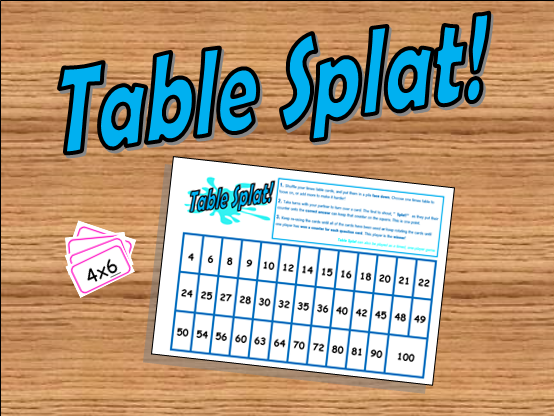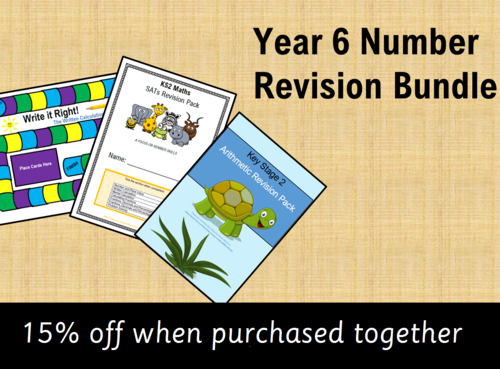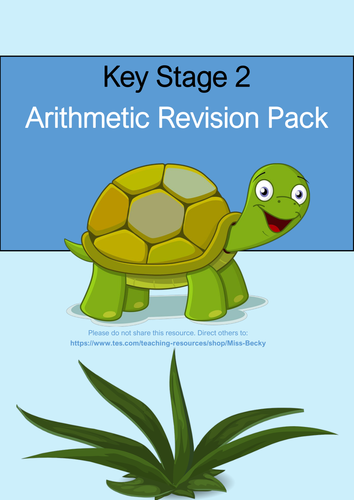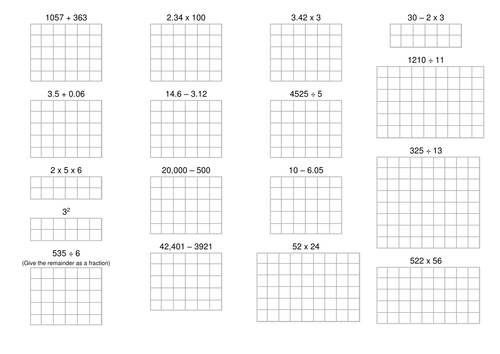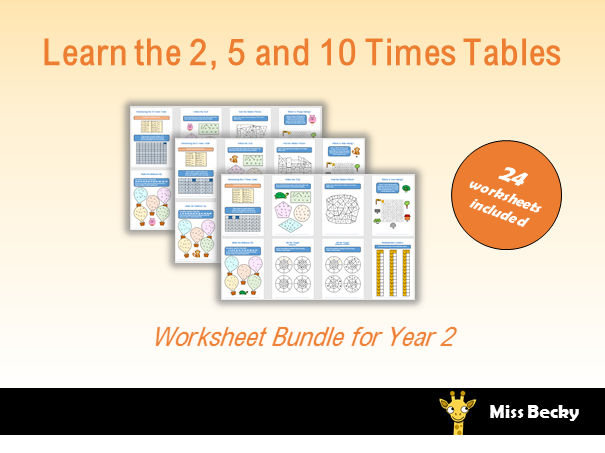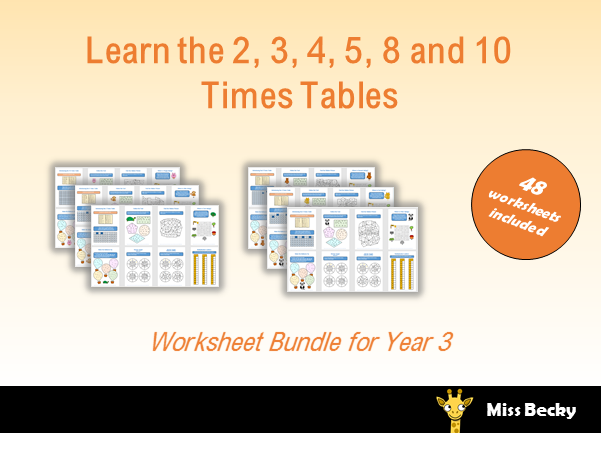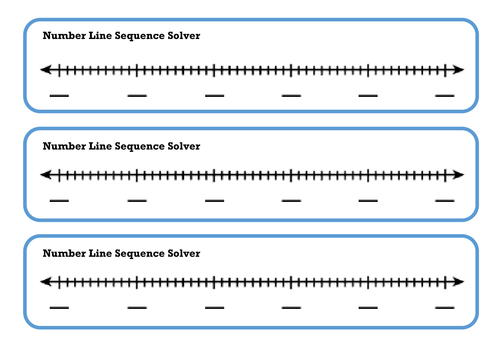Primary Mathematics
High quality resources from a well-established author. The author is a primary teacher with a maths degree based in the UK. All resources are aimed at ensuring children gain a thorough understanding of the concept as well as inspiring them to want to learn more.


